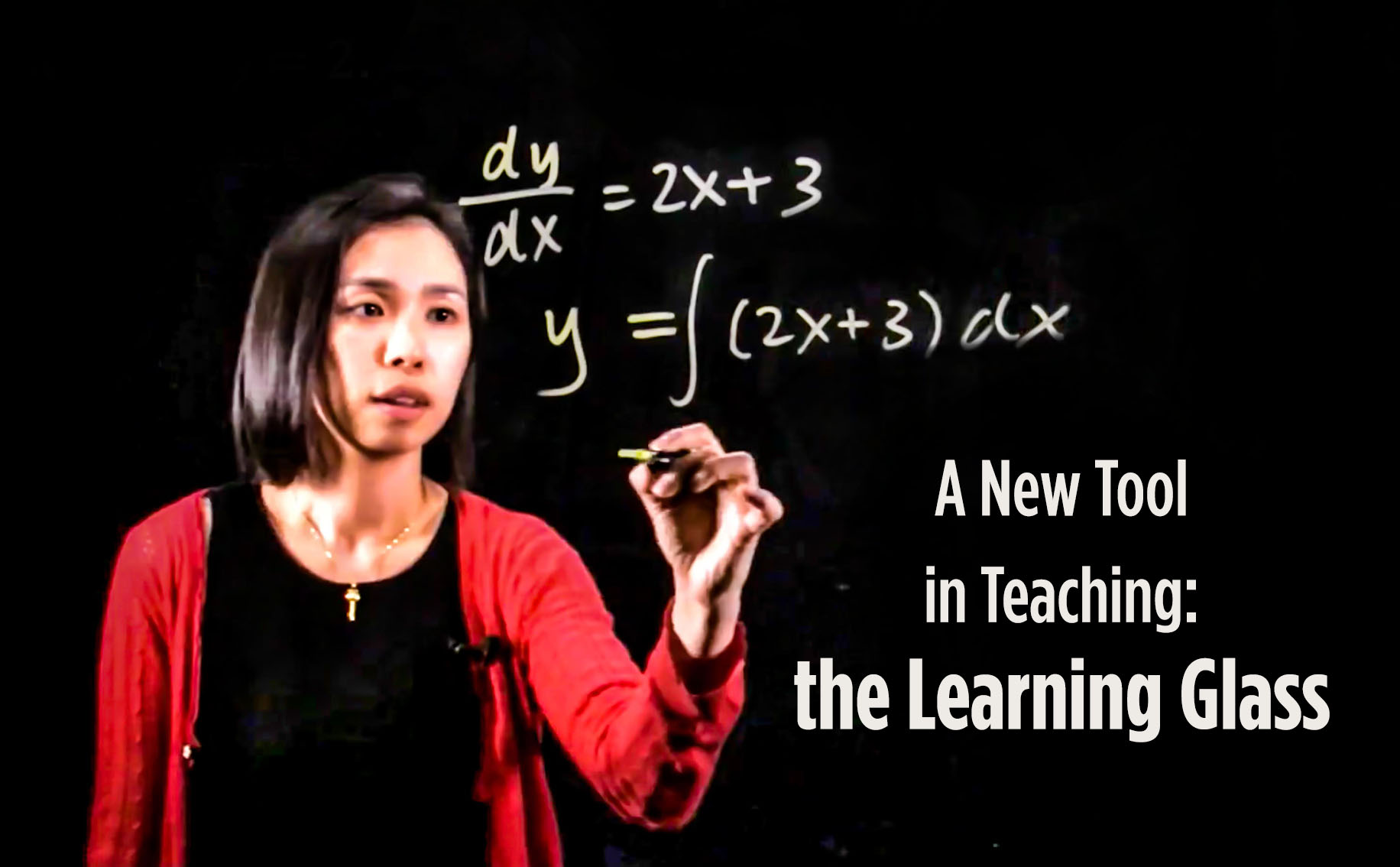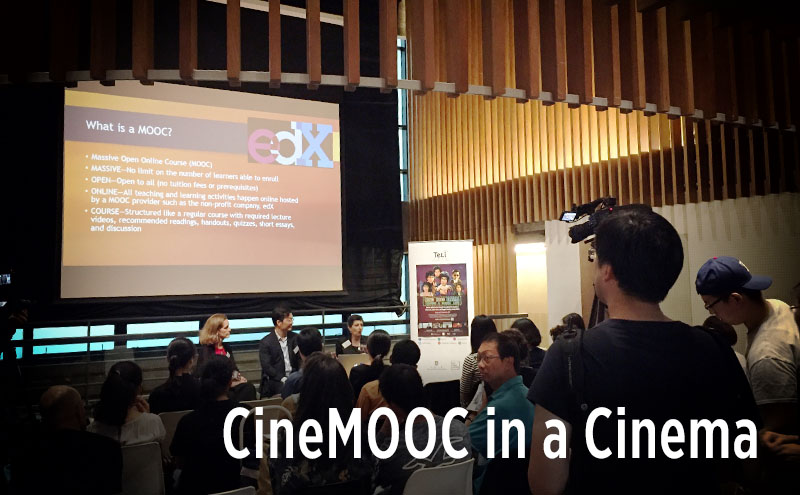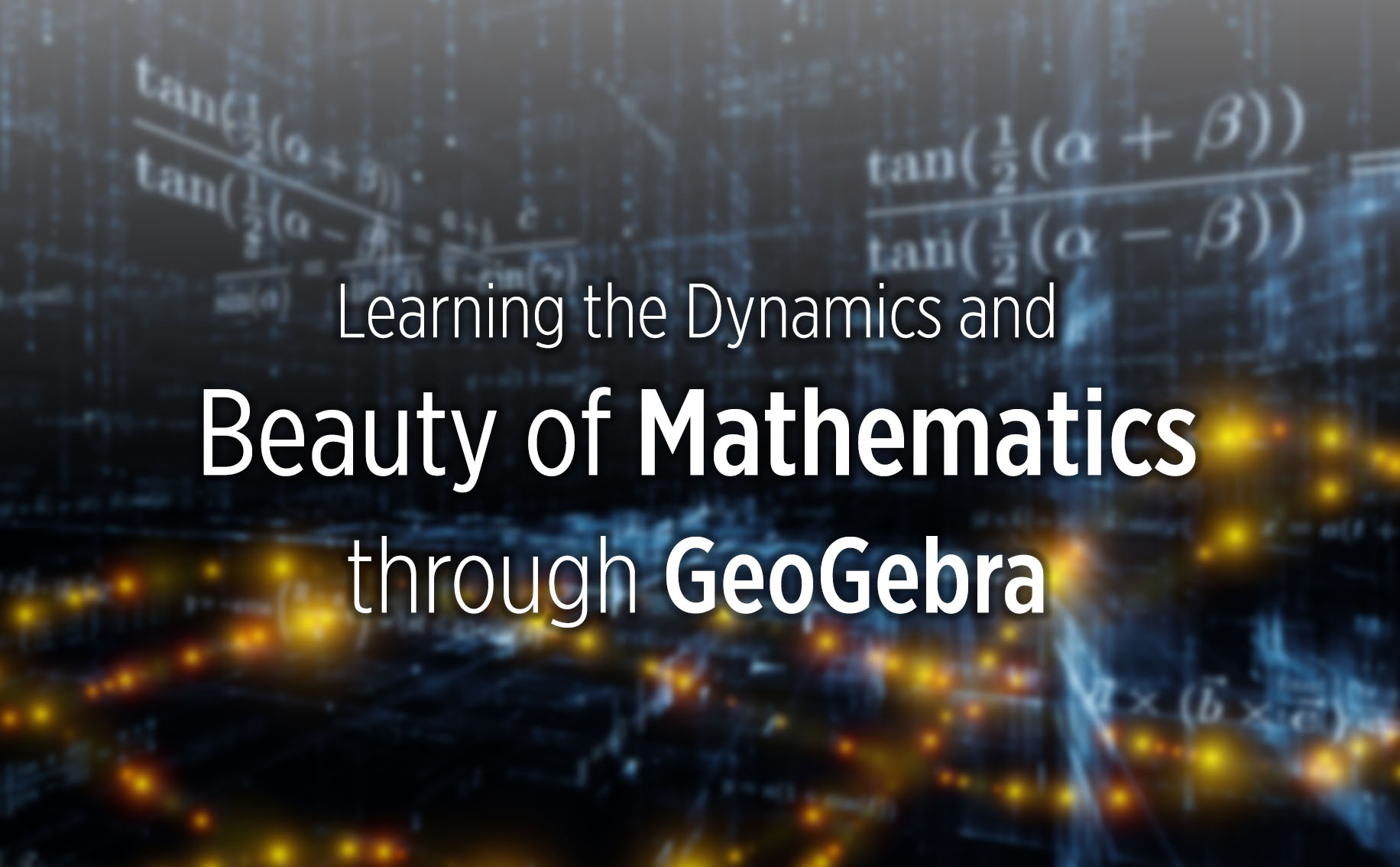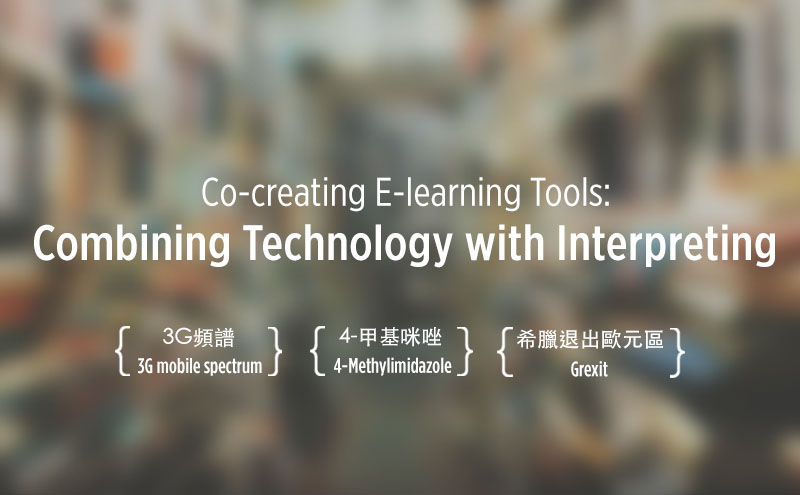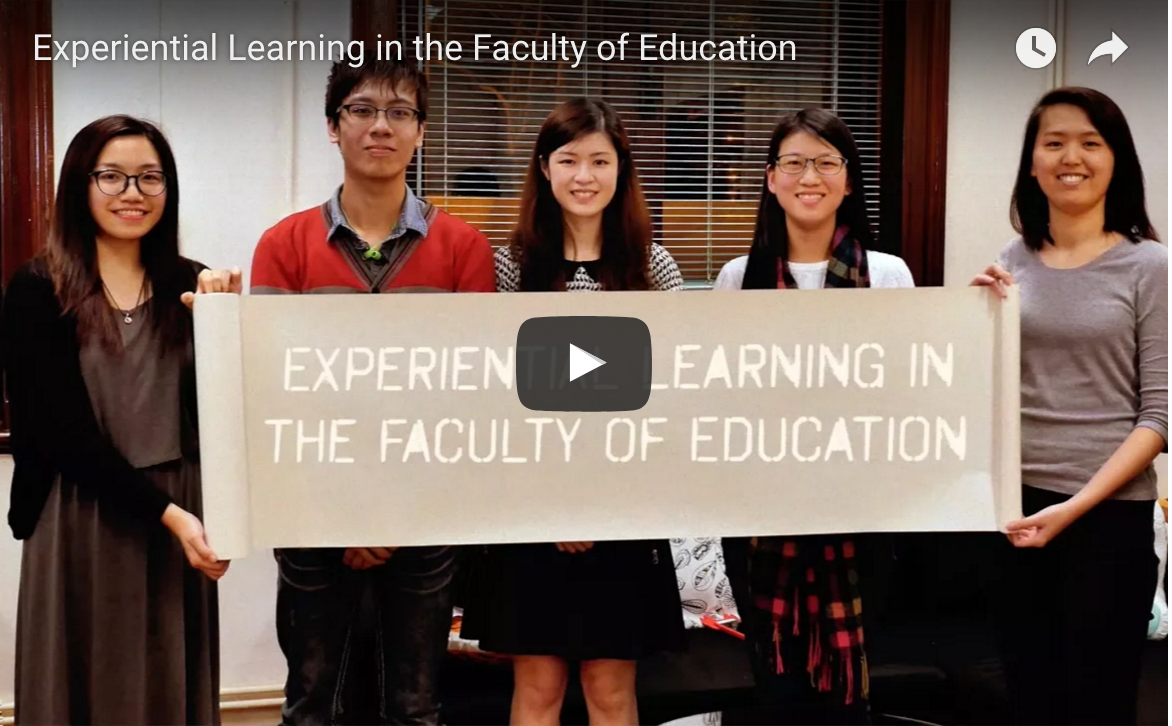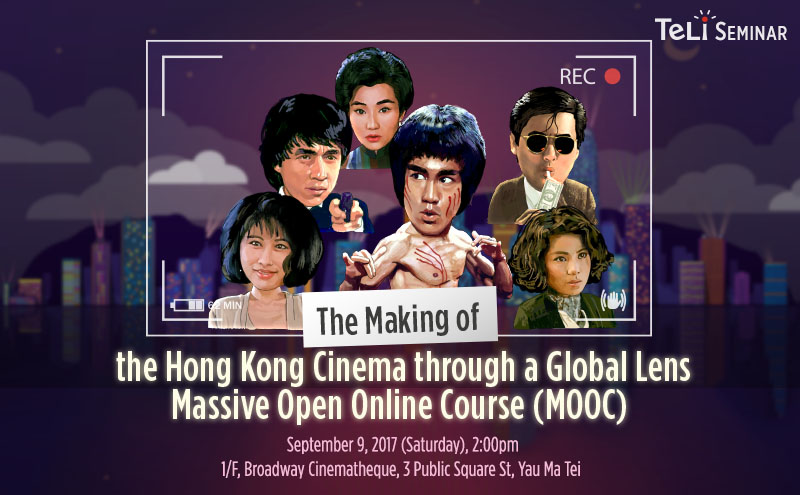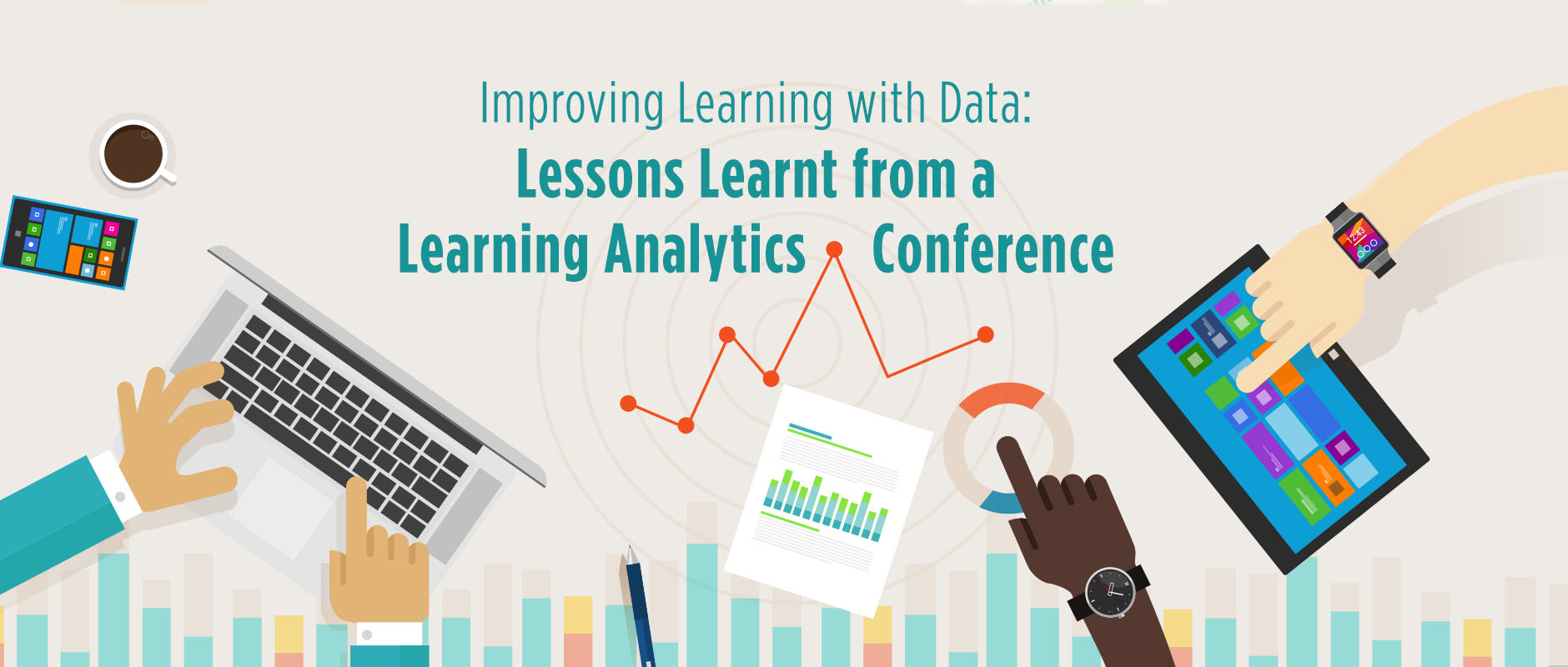
We are surrounded by promises about a technology-enriched learning environment – for example, how online education will supplement face-to-face lectures, how artificial intelligence will provide round-the-clock assistance to students who always work until the small hours. These promises are motivating some of our teachers to bring more innovations to their classrooms. Dr. Rachel Lui, who gave a sharing session last week, is one of them.
Thanks to the Teaching Exchange Fellowship Scheme (TEFS), Rachel was able to visit the University of California, Los Angeles (UCLA) in the summer of 2017 to investigate a new “medium of instruction” – the “Learning Glass”. The tool is a video recording system with a transparent glass board in front of the camera. This allows teachers to maintain natural eye contact with the viewers while presenting the content. The purpose is to engage students in a constructivist process of learning. Rachel’s sharing covered the following topics:
- what “Learning Glass” is, and how to set it up;
- why natural eye contact is important;
- showing the thinking process in science education;
- how “Learning Glass” is different from PowerPoint; and
- whether we should invest in tools like the “Learning Glass”.
As a result of her trip, Rachel produced 47 videos for SCNC1111 which are in use from this semester. Here are two samples (click on the image to access the original video):


The informal conversations after the sharing were equally fruitful. “It was really encouraging to see that many teachers care about their courses, and are actively updating their pedagogies,” Rachel said in delight. “Some of them would like to know more about the software that I used, and some were hoping to get to know more about what can be done in the face-to-face classes after lectures are moved online.”
Rachel’s work is one example of what is possible in video lectures. As a next step, she will investigate further how to transform the entire course experience.
TEFS aims to enhance the scholarship of teaching and learning at the university through sharing of excellent pedagogical practices between HKU and other prestigious higher education institutions. Full details of TEFS can be found at http://intraweb.hku.hk/reserved_2/cdqa/doc/TEFS/TEFS_2017-18.pdf.

